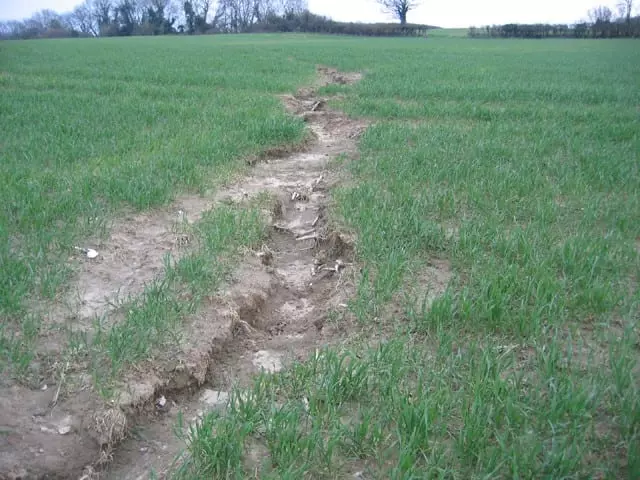Landscaping companies know that soil erosion is a common enough problem that can cause pain and heartache. After designing and establishing your lawn, it can be quite a surprise to find that over time, your yard is no longer level or that heavy rains have washed away precious soil from your trees and plants.
Understanding soil erosion
Simply put, soil erosion is a loss of soil. Although erosion is a natural and expected phenomenon in nature, soil erosion in a yard can mean loss of nutrition for plants and trees, blockage in drains, and possibly uneven patches in your yard.
Soil erosion on a small scale is expected, however, to avoid larger scale erosion and surmounting erosion issues over time, it’s best to identify landscaping companies that can proactively inspect and address problems areas before they happen.
How landscaping companies identify and combat soil erosion problems
Landscaping companies recommend different and possibly several measures depending on the severity of the issue. Once a thorough inspection has been done of your garden, potential problem areas are identified and addressed. Details about past problems can also be very informative when trying to create an action plan to minimize soil erosion.
- Checking your watering and drainage
- Plant trees, shrubs, and grass
- Use mulch to reduce soil erosion
- Put in pathways and walkways
- Use borders, retaining walls, or fiber logs
- Aerate soil
One of the first things landscaping companies will check is your watering schedule. Are you overwatering your lawn? How often you water your garden and for how long? If rains are expected, your watering schedule should be adjusted so that the yard doesn’t get smothered.
Trees and shrubs when planted strategically are great for soil retention as their root system holds on to the soil and keeps it in place. Their leaves can act as umbrellas to block rain and reduce the impact on the soil.
Mulch has many benefits beyond soil erosion, so it’s always a good idea to use mulch in your yard. Whether your landscape maintenance services team uses grass clippings as mulch or spreads bark chips, both work well as they weigh down the soil, and help keeping it in place.
Pathways and walkways enable you to navigate your lawn without stepping on the soil directly. This ensures that the soil doesn’t get clumped together and compacted which reduces erosion due to water runoff. It also enables roots to be better established in the soil.
Borders, retaining walls, and fiber logs contain the soil that gets washed away due to water runoff. This is especially useful around flower beds, raised areas, around trees, and sloping areas. From time to time, the soil will need to be leveled to reduce soil buildup against the structures.
Soil aeration is important to give your lawn and soil space to breathe. It breaks up compacted soil and allows for better growth of plants and roots, which in turn helps with soil erosion.
Landscaping companies know that good soil is the foundation for a robust lawn. Hence it’s important to retain as much of it as possible to keep your garden healthy.


